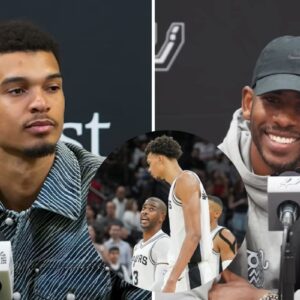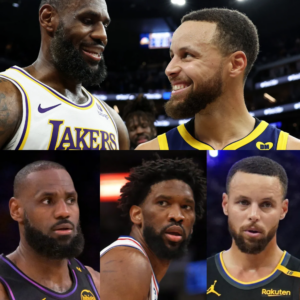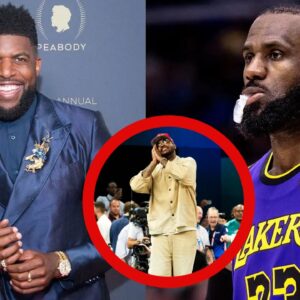One Piece’s traditional yet distinct approach towards masculinity sets it apart from other shonen series despite its heavy use of stereotypes.
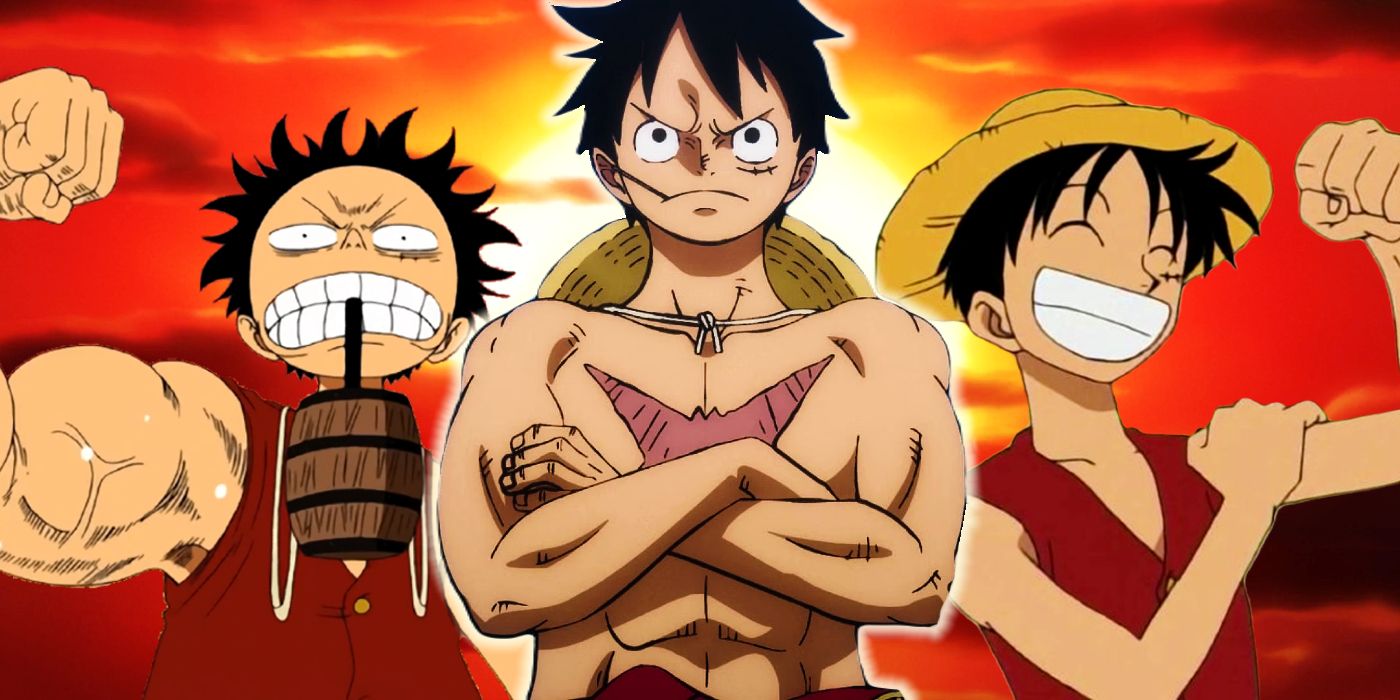
SUMMARY
One Piece defines masculinity through positive values such as honor, integrity, and courage.
The series features emotionally complex male characters who aren’t afraid to express vulnerability.
One Piece’ s nuanced portrayal of manhood sets it apart from other shōnen series and serves as a positive influence for younger audiences.
As a genre dedicated to male audiences, shōnen series can often fall victim to harmful ideals and stereotypes of masculinity; however, One Piece‘s unique approach makes it one of the few exceptions. Despite its seemingly traditional approach, One Piece‘s notion of masculinity remains centered around healthy traits and universal values, which in turn allows the series to stretch the concept of manhood itself to encompass a variety of quirky, yet undeniably masculine characters.
One Piece‘s ideal of masculinity is best encapsulated by the character and backstory of Señor Pink, who easily has one of the most emotional flashbacks in One Piece. Despite his appearance, which lacks a stereotypical macho look, Señor Pink is considered a true man in every sense and what makes him so admirable is the values he represents. In fact, masculinity in One Piece remains grounded in positive values such as honor, integrity, courage, and most importantly, ambition, which also connect to many of the series’ core values.
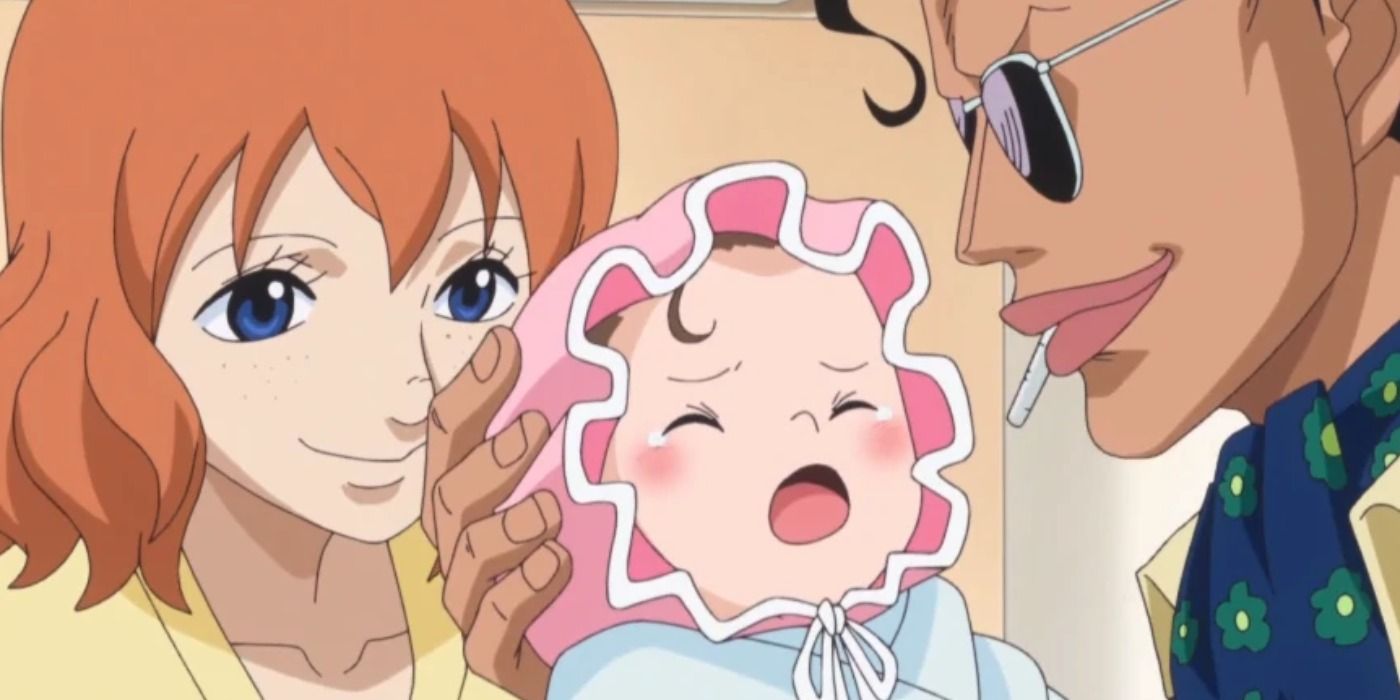
In Señor Pink’s case, it is his soft spot for his family and the grief that he openly displays that makes him “hard-boiled,” as Franky puts it. Hence, even though many of One Piece‘s male characters can fall into typically hypermasculine stereotypes, the emotional complexity the series awards them helps prevent them from being labeled toxic.
One Piece has shown plenty of heinous crimes during its run, but one committed by the Celestial Dragons is unprecedented and warps the entire series.
One Piece Gives Its Male Characters Emotional Depth & Complexity
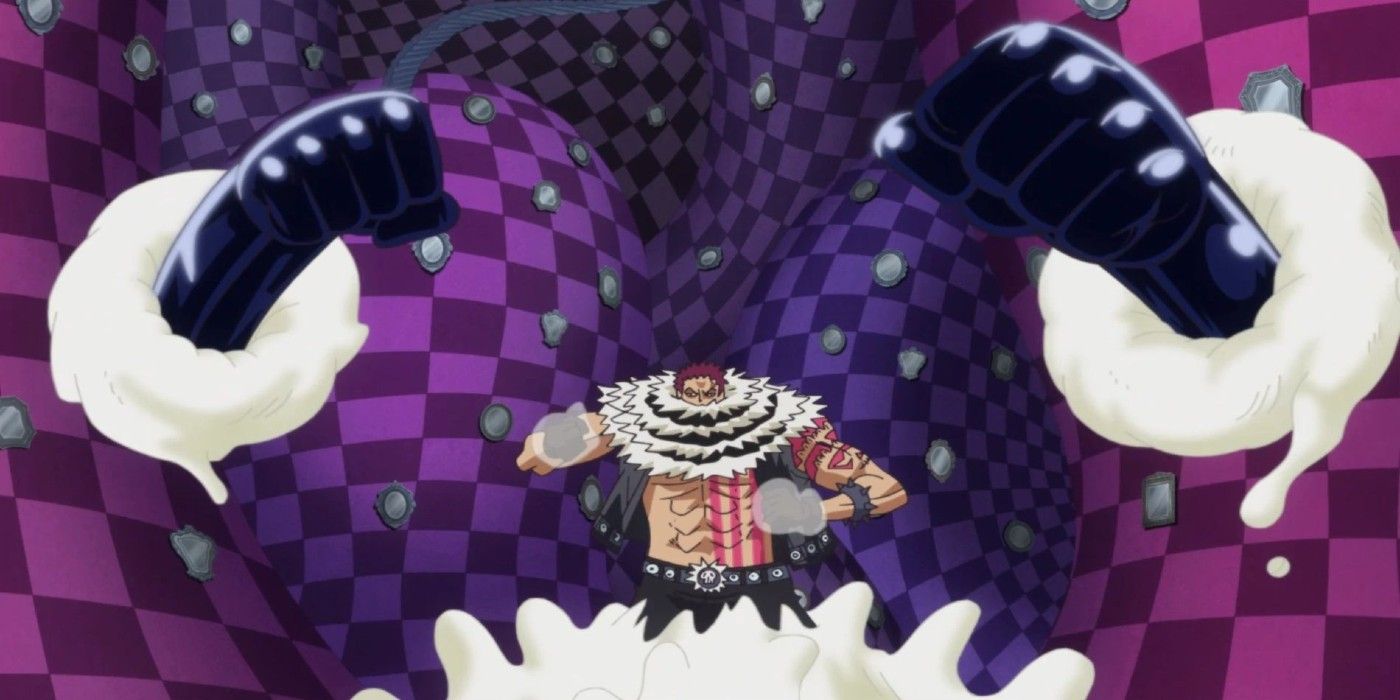
Another excellent example of One Piece‘s nuanced portrayal of manhood is Charlotte Katakuri, one of Big Mom’s Sweet Commanders. As one of the eldest siblings of the Charlotte Family, Katakuri shoulders the burden of always being perfect and needing to be strong in order to protect his siblings.
As a result, Katakuri’s appearance is the very definition of hypermasculine, from his tall, muscular body to his deep voice and spiky, intimidating clothes and tattoos.
Yet, despite his appearance and stoic demeanor, Katakuri displays surprising vulnerability and complexity, and his values of fairness and honor during his fight against Luffy make him one of One Piece’s most admirable antagonists.
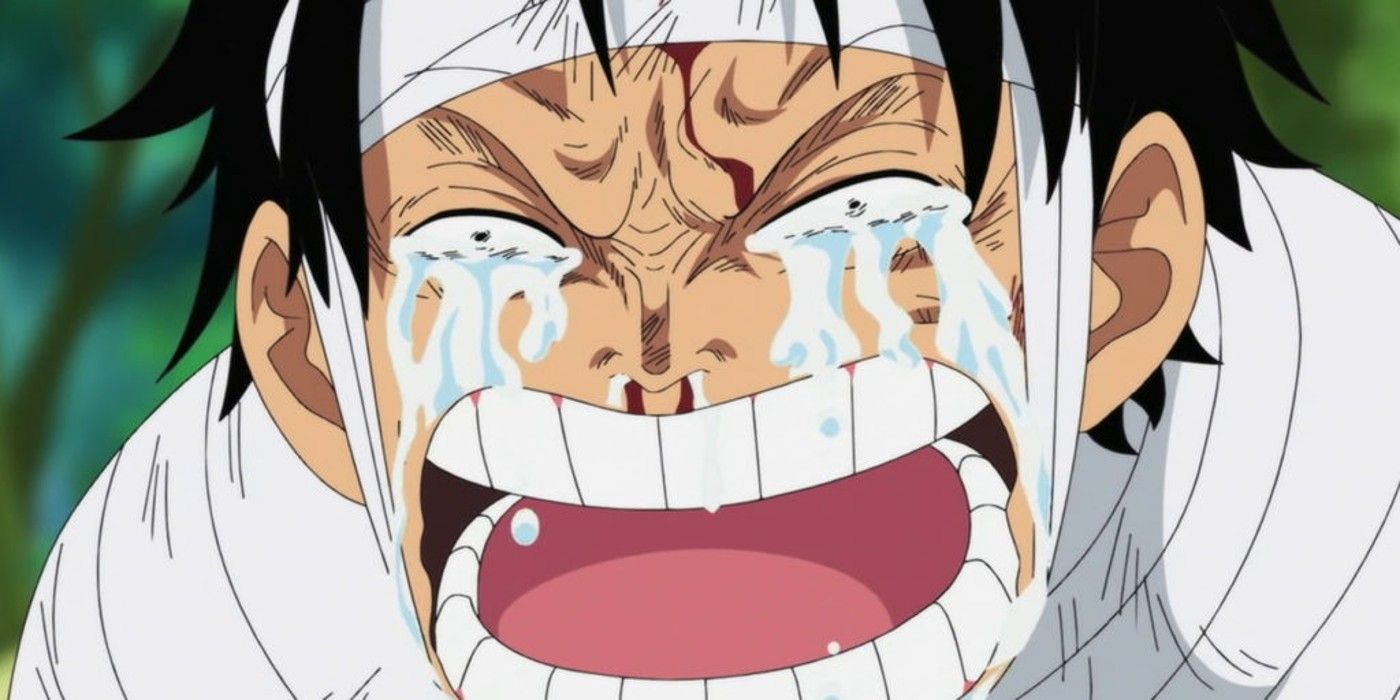
The men of One Piece are not afraid to stand up for what they believe in or express their emotions. Men are not exempted from crying or being vulnerable. In fact, there have been countless such instances throughout One Piece.
Luffy cried endlessly after Ace’s death as Jinbe simply consoled him; Sanji shed many tears on Whole Cake Island when faced with his horrible past, and Franky has been moved to tears more times than one can count.
Manhood in One Piece is Rooted in Honor
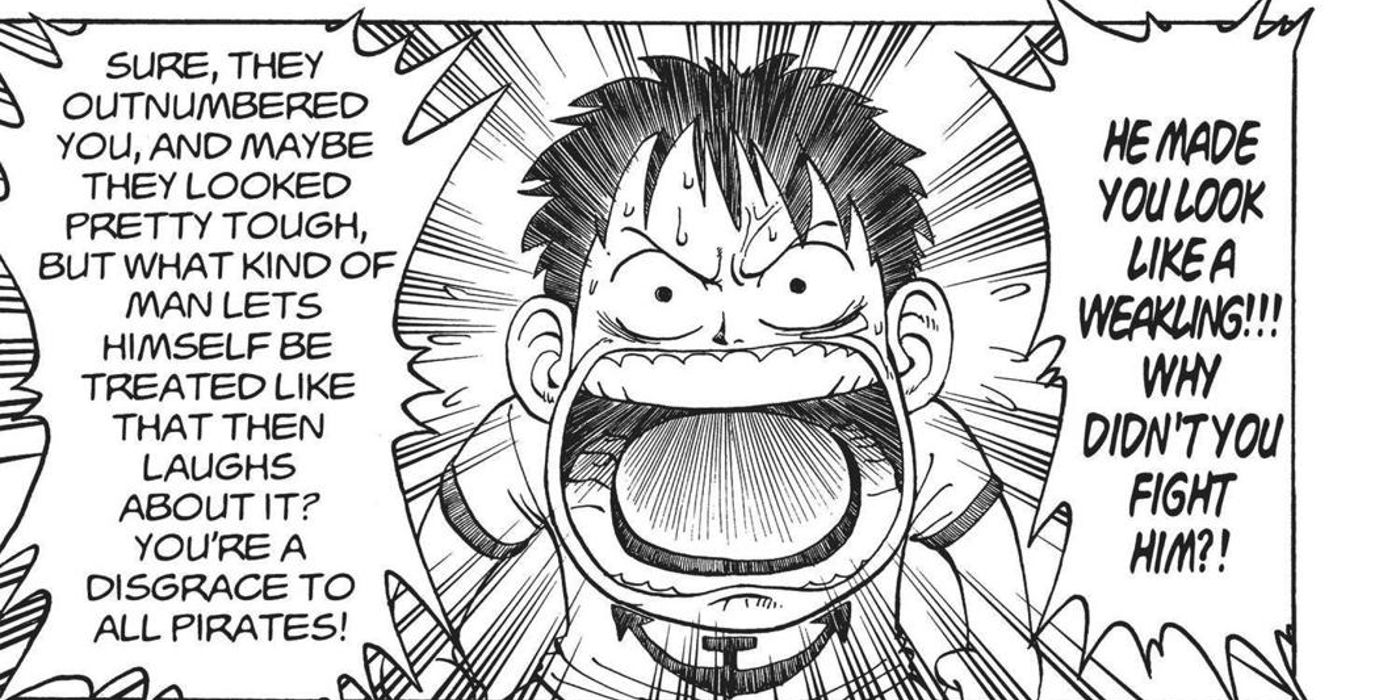
While the phrase, “be a man” does not appear outright anywhere in the series, One Piece‘s notion of manhood is apparent as early as chapter #1.
When Shanks is humiliated by the mountain bandit Higuma and does not say a word, Luffy, who is fairly young at the time, cannot seem to understand why Shanks would keep silent.
Luffy reprimands Shanks for not defending his honor, questioning him as to “what kind of man” allows himself to be treated like a weakling and simply laughs it off.
Of course, the broader lesson Luffy learns is about choosing when to pick a fight, which is reflected in Luffy’s interaction with Blackbeard on Jaya, where he understands that there is honor and manliness even in staying silent, as opposed to impulsive aggression and violence.
This stress on honor is also seen in Luffy’s relationship with Momonosuke, who matures into a reliable, courageous leader with guidance from Luffy.
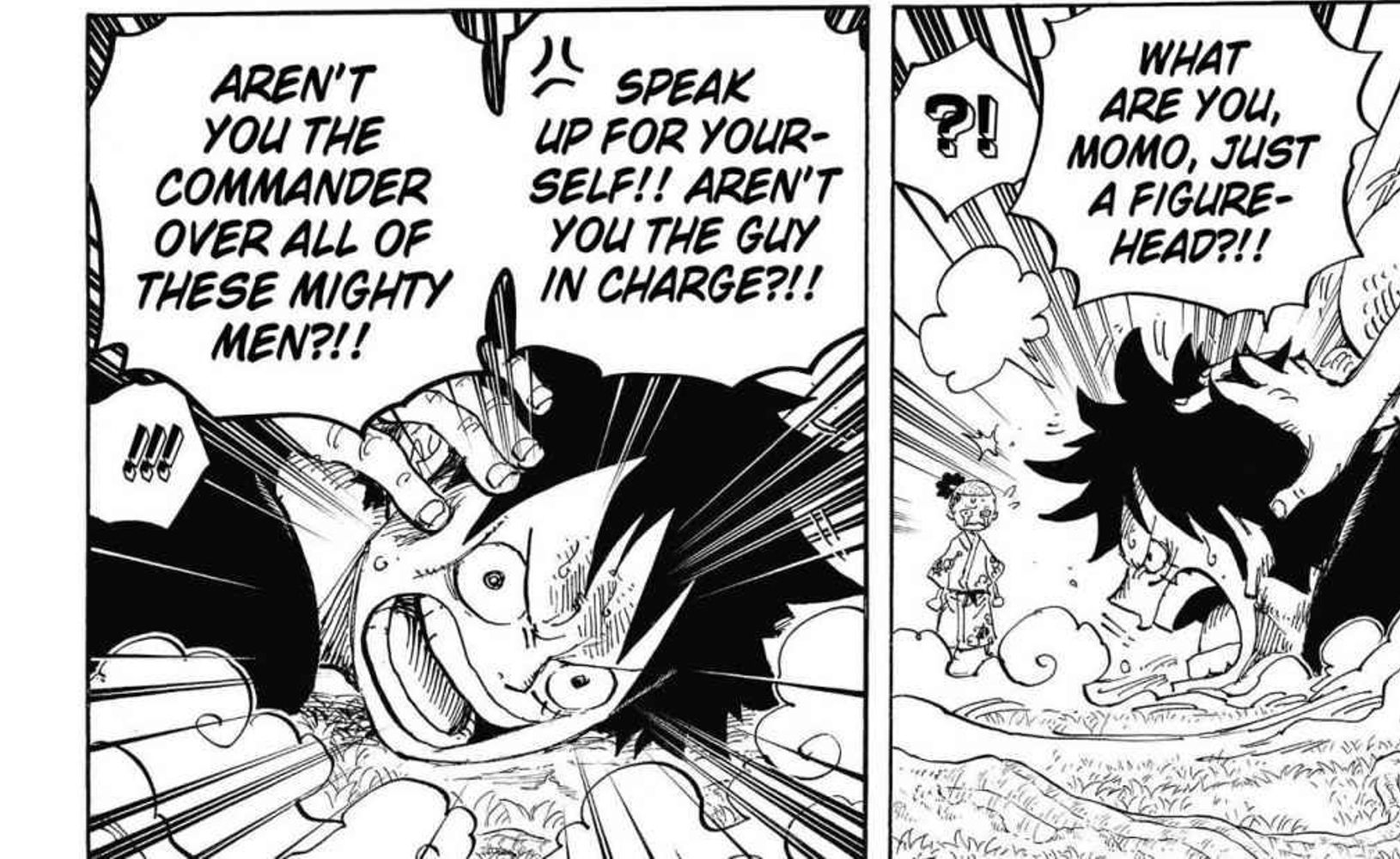
Most notably, in chapter #819, Luffy reprimands Momonosuke for simply sitting silently as the Akazaya samurai plead for help. While Luffy does not outright tell Momonosuke to “man up,” it is certainly all but implied.
However, Luffy isn’t shaming Momo for being afraid or crying but asking Momonosuke to step up and take charge of the mission to save his country as the code of the samurai would expect him to.
These values apply to women, as seen when Luffy similarly forces Vivi to take accountability during the Alabasta Arc. Just as Luffy reprimands Momonosuke, he also does so with Vivi, urging them both to similarly take charge of their destinies and honor the titles given to them.
Grounding masculinity in these traits thus allows One Piece to explore manliness itself more fluidly, especially with characters like Yamato, Kiku, and Bellemere, whose values make them just as manly as any others.
More Series are Taking a Nuanced Approach Towards Masculinity
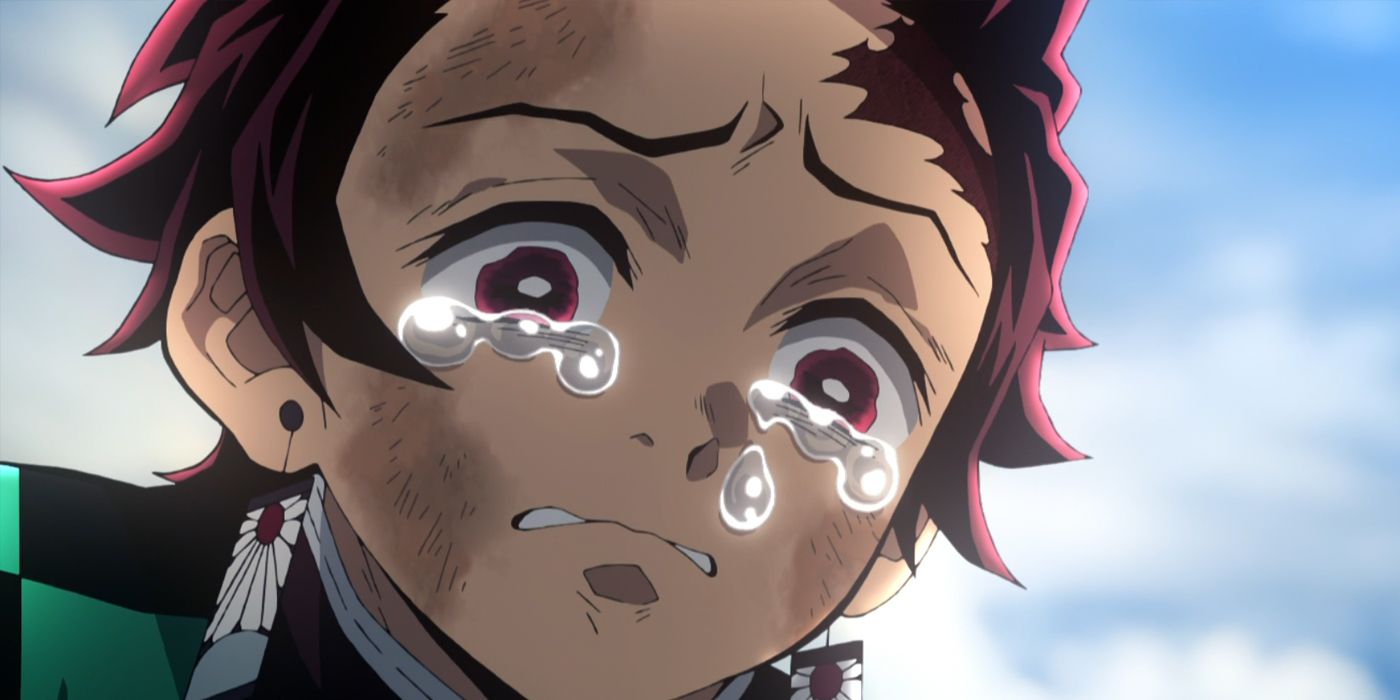
In an age when hypermasculine, extremely muscular characters like those from Dragon Ball or Berserk were all the rage, One Piece came along with Luffy, a silly, lanky teenager with stretchy powers and an unrelenting dream.
Shōnen media has mostly depicted only one facet of manhood that glorifies aggression, rage, impulsivity, and obsession with power and dominance, in turn ignoring the emotional complexity of its male characters.
Depicting this complexity is crucial considering the genre heavily features coming-of-age themes and is aimed at mostly pre-teen and teenage boys who are going through a very emotionally tumultuous time in their lives.
As such, One Piece was certainly unique for its time with its focus on adventure. Fortunately, more series have begun to incorporate more nuanced protagonists in recent times, like Demon Slayer,My Hero Academia, and most notably, Jujutsu Kaisen.
All of these series have one thing in common which is their emotionally sensitive protagonists who are not afraid to express themselves in the slightest, be it through crying, laughing, or examining their deepest emotions and desires for that matter.
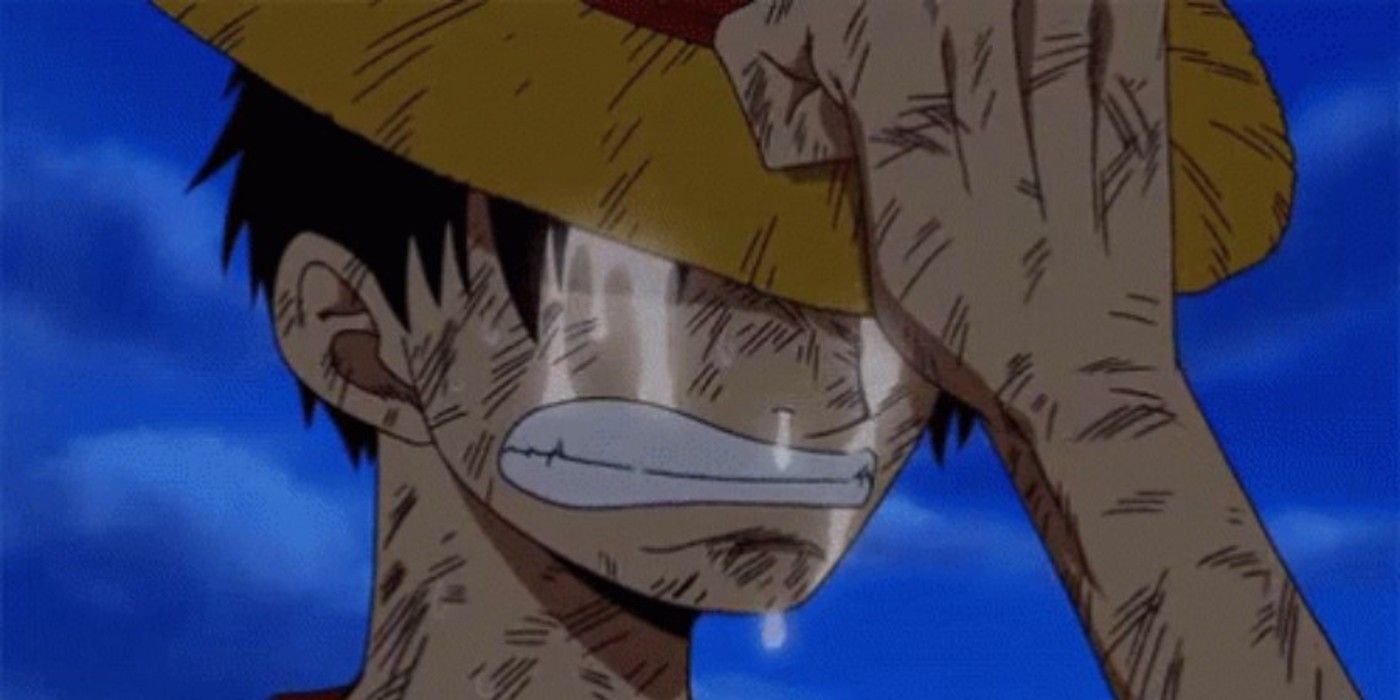
Overall, masculinity is very much a tricky concept to tackle, and One Piece does so with grace. While One Piece can be criticized for its portrayal of women and queers, it certainly excels with its diverse portrayal of men and manhood.
Arguably one of the biggest contributors to this cause is how well One Piece fleshes out its characters and backstories, no matter how minor the character may be which is one of the many beauties of the series. One Piece is full of shining examples of positive, healthy masculinity and will hopefully serve as role models for younger male and female audiences alike who continue to discover the series even two decades after its release.
News
Lucci Disobeyed Orders and Attacked Luffy on Sight
One Piece’s Egghead Arc has pushed Monkey D. Luffy and his Straw Hat Pirate allies to their limits as the story kicks off the franchise’s final saga….
Nami Live Action Version
The Thai beauty queen reminds me of a famous manga/anime character. In recent days, the manga/anime fan community around the world in particular and movie fans in…
Just One Small Action, Messi’s Wife Received a ‘Shower of Compliments’
Antonela Roccuzzo, wife of superstar Lionel Messi, has received countless compliments for her warm actions towards a fan. Superstar Lionel Messi is preparing with his Argentina teammates…
10 Funniest Luffy Moments in One Piece
Humor is a staple of the One Piece franchise, coloring countless entertaining interactions between its beloved ensemble of unforgettable characters. Comedy is infused into the narrative and championed by…
Every One Piece Character Who Carries The Will Of D., Explained
One Piece is full of mysteries, including the titular treasure that Monkey D. Luffy and the Straw Hat Pirates have worked towards since the series’ inception. However, there…
One Piece: Every Straw Hat Pirate’s Fighting Style.
Between the endless variety of Devil Fruits, the multiple forms of Haki, and other viable options for achieving strength that exist within the setting, One Piece has one of…
End of content
No more pages to load






